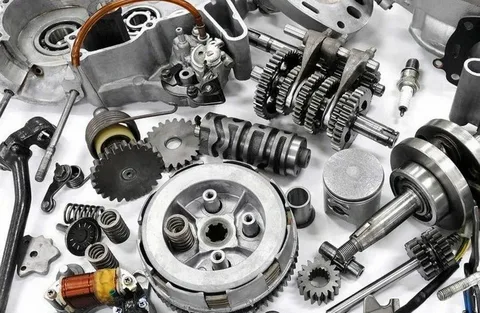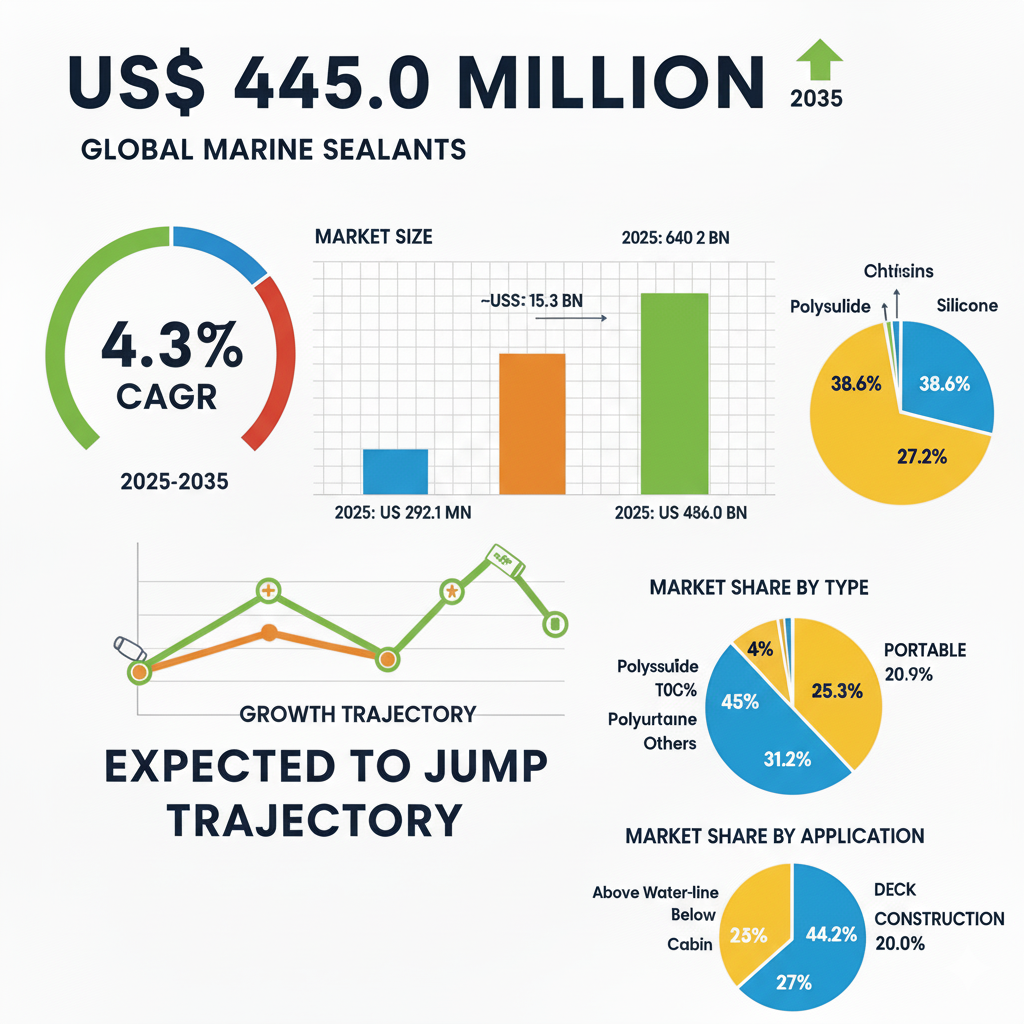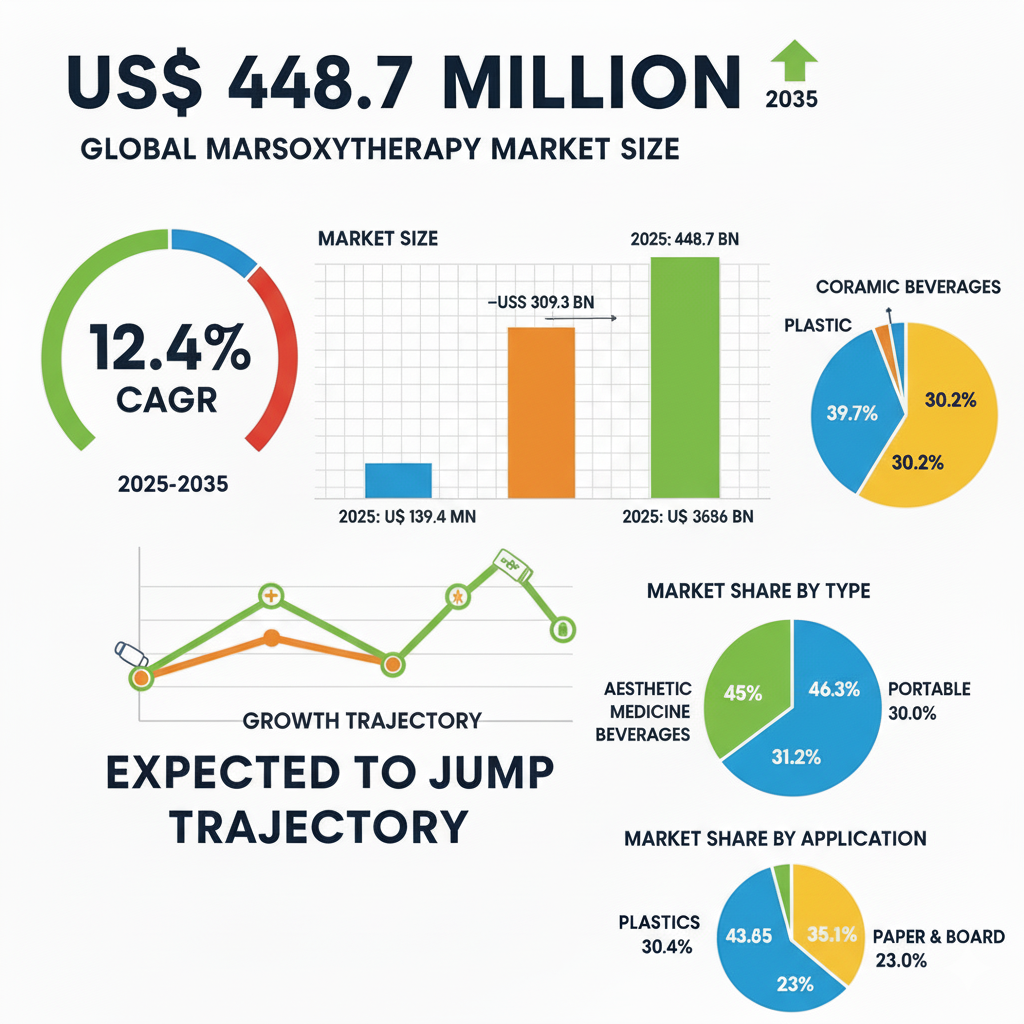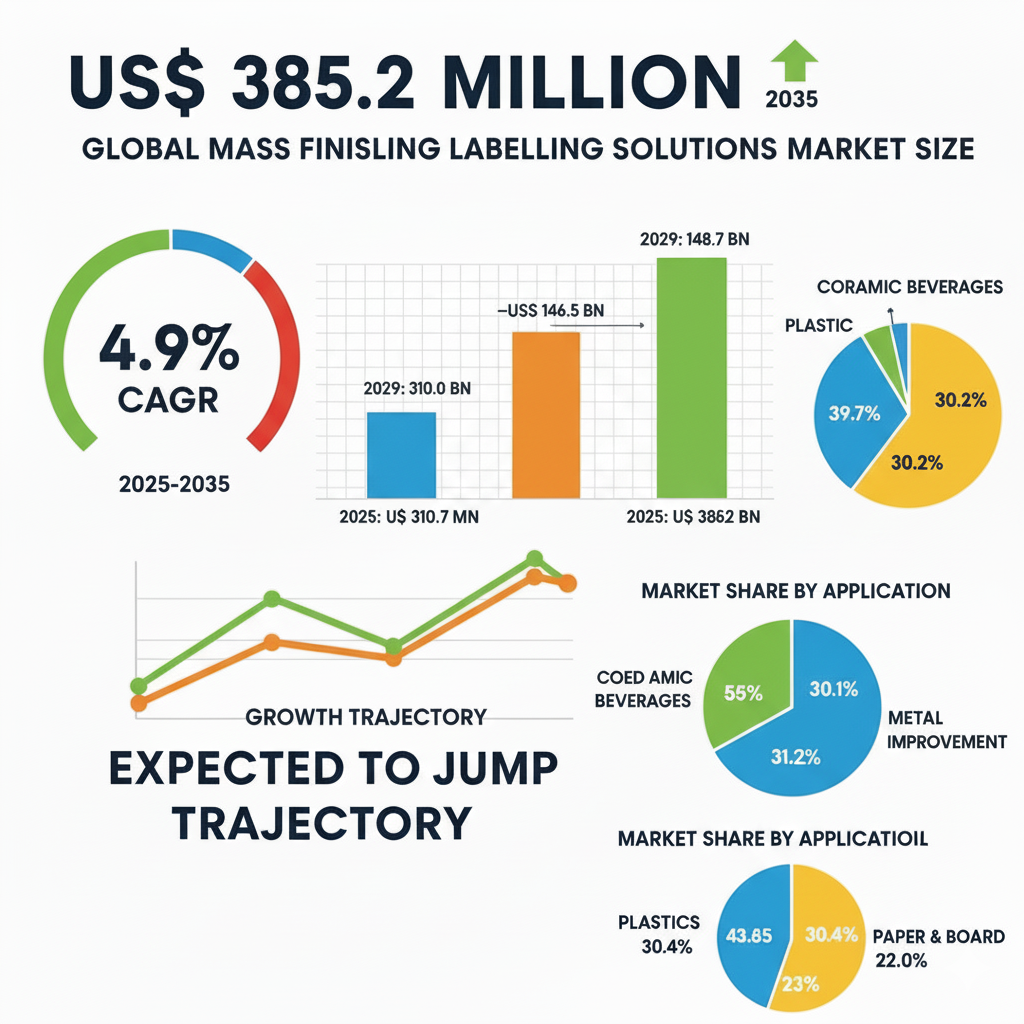The global Automotive Hardware Market was valued at USD 74.3 billion in 2020 and is projected to reach USD 88.3 billion by 2025. From 2025 to 2035, the market is expected to expand at a compound annual growth rate (CAGR) of 4.0%, reaching approximately USD 130.7 billion by the end of the forecast period. This robust growth is largely attributed to the automotive industry’s strategic shift toward modular vehicle platforms and systematic product line refreshes that enhance manufacturing flexibility and optimize production cycles.
As automotive OEMs increasingly prioritize cost-efficient, scalable designs, the demand for versatile hardware components is witnessing an upward trend. Automotive hardware encompasses structural elements such as hinges, brackets, bolts, and locks that are crucial to the mechanical and safety integrity of vehicles. While historically overlooked in favor of electronics and software, hardware is undergoing a revival in importance due to changing material strategies, enhanced safety standards, and electrification trends.
With the rise in electrification and the transition to autonomous and connected mobility, automotive hardware must now meet more stringent criteria for lightweighting, corrosion resistance, and mechanical resilience. This transition, alongside stringent environmental regulations and consumer demand for better-performing vehicles, has placed automotive hardware at the heart of vehicle design innovation.
Get Ahead with Our Report: Request Your Sample Now!
https://www.futuremarketinsights.com/reports/sample/rep-gb-10873
Market Trends
-
Growing use of advanced materials such as aluminum and high-strength steel to reduce vehicle weight and meet emission standards.
-
Increased adoption of electric vehicles (EVs) and hybrid models demanding specialized hardware tailored to high-voltage systems and unique chassis configurations.
-
Surge in demand for modular hardware solutions to support flexible vehicle architectures and shorter product development cycles.
-
Development of anti-theft and smart locking systems integrated with connected technologies.
-
Rising preference for pre-assembled and pre-configured hardware modules to reduce labor costs and assembly time.

Driving Forces Behind Market Growth
-
OEM strategies focused on platform standardization and modularity, enabling economies of scale.
-
Rising vehicle production, especially in developing regions such as Asia-Pacific and Latin America.
-
Government policies encouraging EV manufacturing, prompting the development of compatible hardware solutions.
-
Rapid urbanization and increasing demand for commercial vehicles, influencing the need for durable and high-performance hardware.
-
Growth in aftermarket demand, particularly for replacement hinges, fasteners, and locking systems in used and refurbished vehicles.
Challenges and Opportunities
-
Challenges:
-
Fluctuations in raw material costs, especially for metals like steel and aluminum, can impact hardware production costs.
-
Limited differentiation between product offerings, leading to pricing pressures and competitive intensity.
-
Complexity in sourcing precision components and maintaining quality across global supply chains.
-
Need for hardware standardization to ensure compatibility across modular vehicle platforms without sacrificing safety or performance.
-
-
Opportunities:
-
Rising investments in lightweight hardware solutions to comply with global CO₂ emission norms.
-
Innovations in anti-corrosion coatings and surface treatment technologies, enhancing hardware durability.
-
Expansion into smart vehicle hardware with sensors and electronics embedded into hinges and handles.
-
OEMs’ shift toward vertical integration of hardware supply to reduce dependency and improve quality control.
-
Extensive Market Research: Complete Report and Findings
https://www.futuremarketinsights.com/reports/automotive-hardware-market
Recent Industry Developments
-
Global OEMs and Tier-1 suppliers are signing long-term contracts with specialized hardware manufacturers to ensure consistent quality and volume amid production ramp-ups.
-
M&A activities among automotive hardware suppliers have increased, aimed at consolidating capabilities in precision manufacturing and international distribution.
-
Introduction of customizable hardware kits that allow automakers to modify or scale vehicle models based on regional preferences.
-
Ongoing R&D efforts in composite-based hardware and hybrid material fasteners for electric and autonomous vehicle applications.
Regional Analysis
-
Asia-Pacific: Dominates the market with significant contributions from China, Japan, South Korea, and India. The region’s expanding automotive production capacity and rising domestic consumption are key growth drivers.
-
Europe: Characterized by strong regulatory push for sustainable mobility and lightweight vehicle design, leading to robust demand for advanced automotive hardware.
-
North America: Witnessing steady growth due to the adoption of modular vehicle platforms by major OEMs and the resurgence of manufacturing in the U.S.
-
Latin America and Middle East & Africa: Emerging regions showing growing interest in automotive infrastructure and aftermarket services, albeit at a slower growth pace due to economic constraints.






